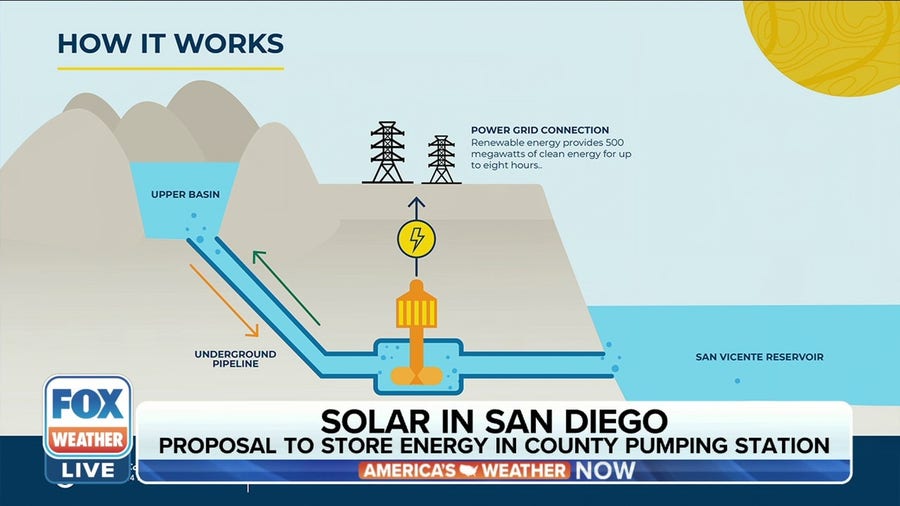Pumped Storage Hydropower is the Greenest Renewable Energy Technology, Study Says
Pumped storage hydropower is the greenest renewable energy technology for large-scale energy storage, a new study suggests.
Researchers with the National Renewable Energy Laboratory said closed-loop pumped storage hydropower will have a lower carbon footprint throughout the lifecycle of the technology, from construction to decommissioning, than other renewable energy storage technologies like lithium-ion batteries. Portland Business Journal first reported the study.
Closed-looped pumped storage hydropower uses two water reservoirs located at different elevations, one higher than the other, that generate power as water flows or gets pumped, from one reservoir to another. Closed-looped pumped storage hydropower is not connected to continuously naturally flowing water sources.
As the nation continues to push forward to reduce greenhouse gas emissions and transition from using fossil fuels to limit the effects of climate change, storing renewable energy in batteries or pumped storage hydropower has come up as a possible solution for creating cleaner energy at a large scale. Other grid-scale technologies have proven difficult to create, from gathering essential minerals to finding an area large enough to place these technologies. Researchers said closed-looped pumped storage hydropower could be the answer.



